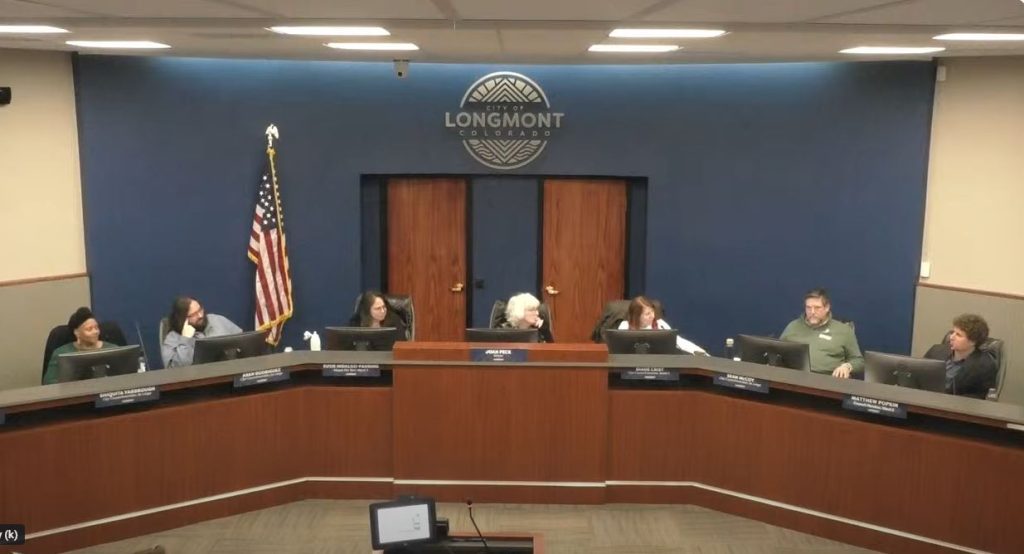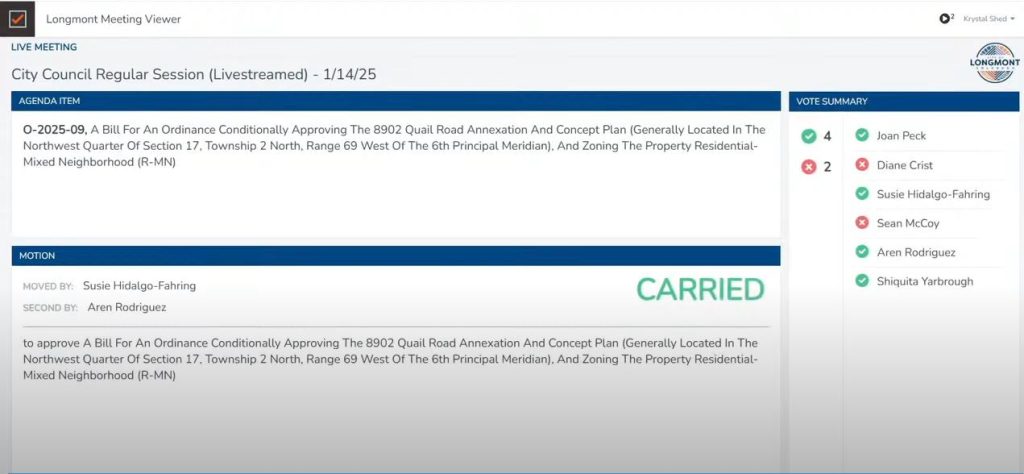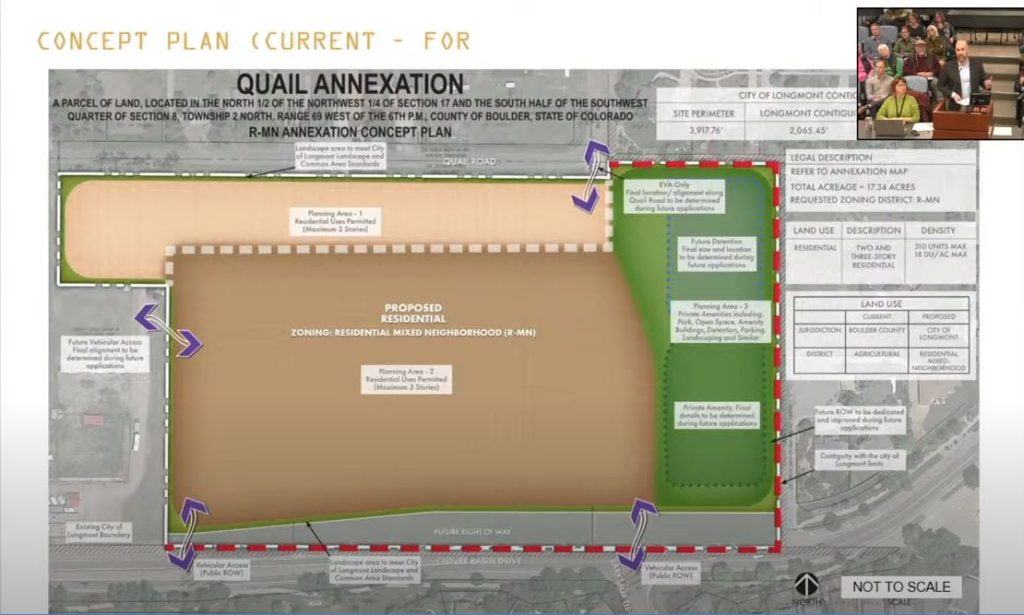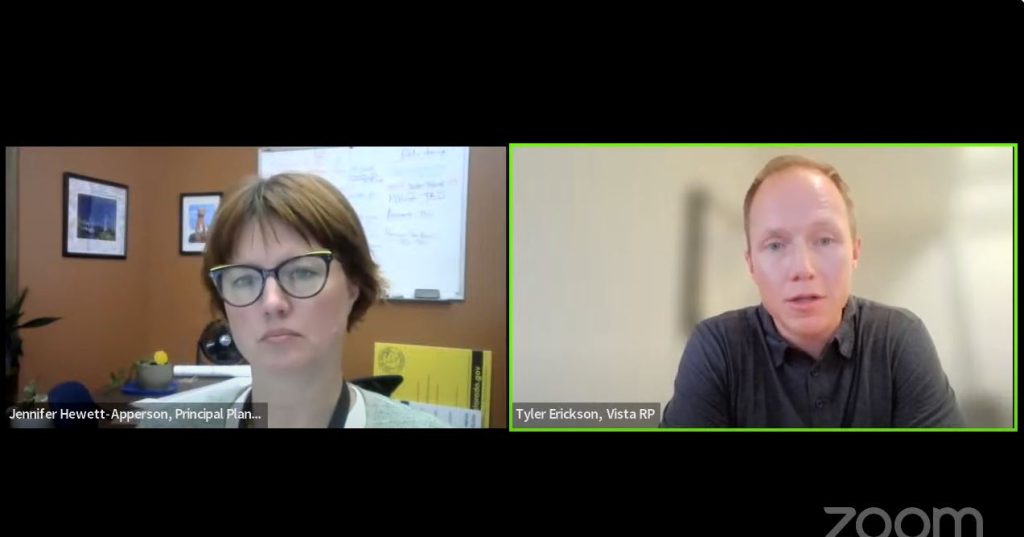Longmont? or “Apartmont?”
NOW is the time for Thoughtful, Mindful, Purposeful Growth…for a better Future for Longmont

***UPDATE: The applicant withdrew their application at the City Council meeting on 2.4.2025, when it became clear that the Council was about to vote to deny annexation. Thank you for all who got involved; for writing letters, calling, meeting with councilmembers, signing the petition, showing up and commenting at City Council meetings. Your voices were heard. Please take a few minutes to send a ‘thank-you’ email to the councilmembers who made the decision to not just listen to you, but to represent you. It’s important to give credit where credit is due.
Sean McCoy……………………Sean.McCoy@longmontcolorado.gov
Diane Crist……………………..Diane.Crist@longmontcolorado.gov
Shiquita Yarbrough……………Shiquita.Yarbrough@longmontcolorado.gov
Matthew Popkin………………..Matthew.Popkin@longmontcolorado.gov
Susie Hidalgo-Fahring………..Susie.Hidalgo-Fahring@longmontcolorado.gov
JOIN RESIDENTS IN ASKING THE LONGMONT CITY COUNTIL TO DENY THE
8902 Quail Road Annexation
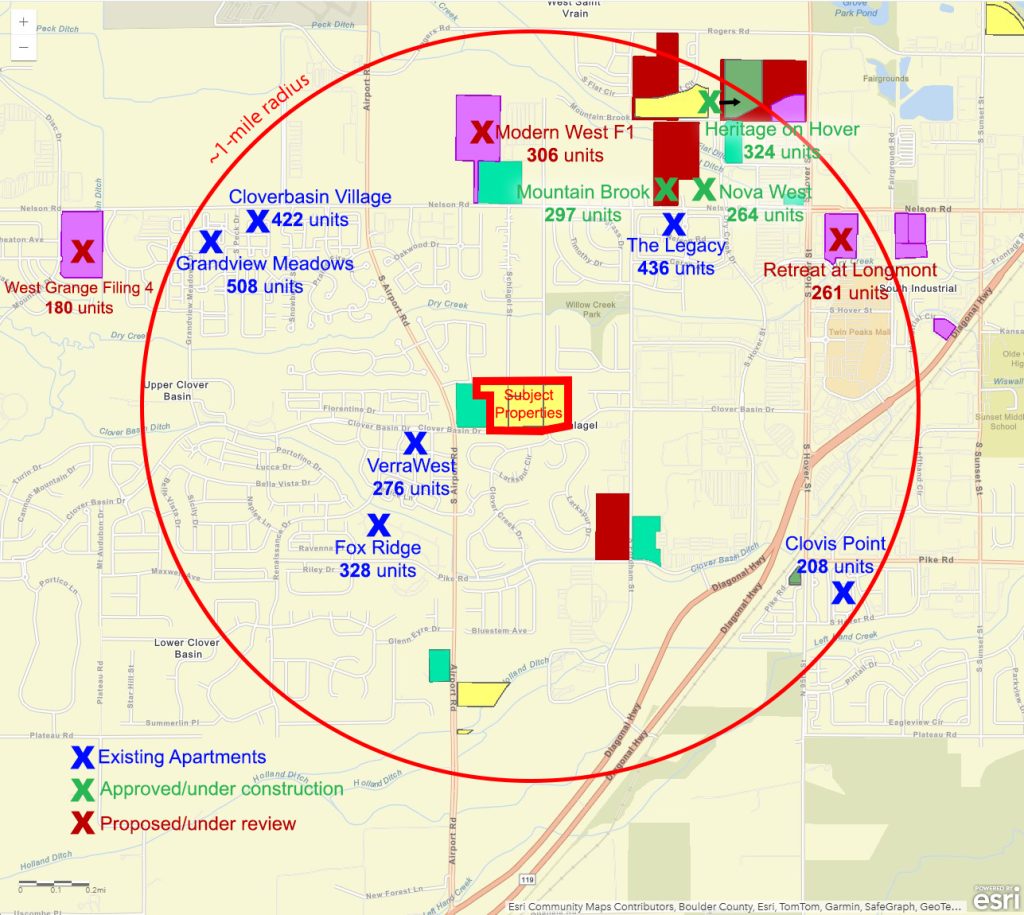
This image shows the Longmont Active Developments Map with all of the existing rental apartment units, the units currently approved/under construction, and the units proposed within 1 mile of the 8902 Quail Rd properties currently being considering for annexation. There are a total of 2,178 existing apartment units, 885 already approved/under construction, and another 877 proposed (including the 310 being proposed on Quail Rd). If all of the units being proposed are approved, this would mean an 81% increase in the number of apartment units in this small area.
MORE INFORMATION
8902 QUAIL ROAD ANNEXATION
A developer, Atlanta-based Vista Residential Partners, is wanting to build 310 market-rate rental apartments on ~17.3 acres of currently unincorporated, agriculturally zoned land in SW Longmont (on the north side of Clover Basin Drive, just east of Airport Road). Vehicular traffic from the development would enter and exit onto Clover Basin Drive (see Concept Plan below). The developer is also proposing to build a roundabout at Larkspur and Clover Basin, the intersection where both the apartment residents to the north and Clover Creek residents to the south would be entering onto Clover Basin Drive.
The developer has stated that they are “in talks” with Habitat for Humanity to donate a portion of the land to them for the development of a relatively small, untold number of for-sale Habitat townhomes. This agreement is not in writing, however, and even if it were to come to fruition, would not be enough to meet Longmont’s 12% inclusionary housing requirement, which would be met through a combination of Fee-in-Lieu and Land Donation. This also means that all of the rental apartment units would be rented at market rate.
Residents of Longmont are asking City Council to deny the annexation application, only because it is tied with this specific concept plan (i.e., development proposal).
**Yes, this is privately owned property. However, because this is an annexation, if this development is not what Longmont wants or needs, City Council has the power to deny annexation.**
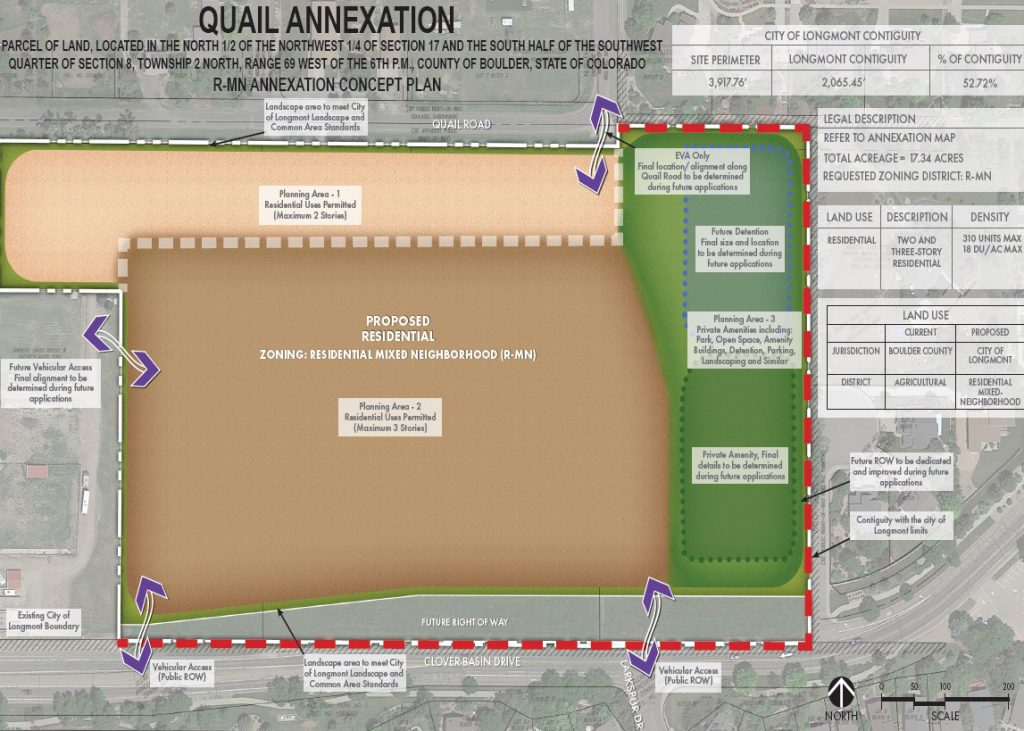
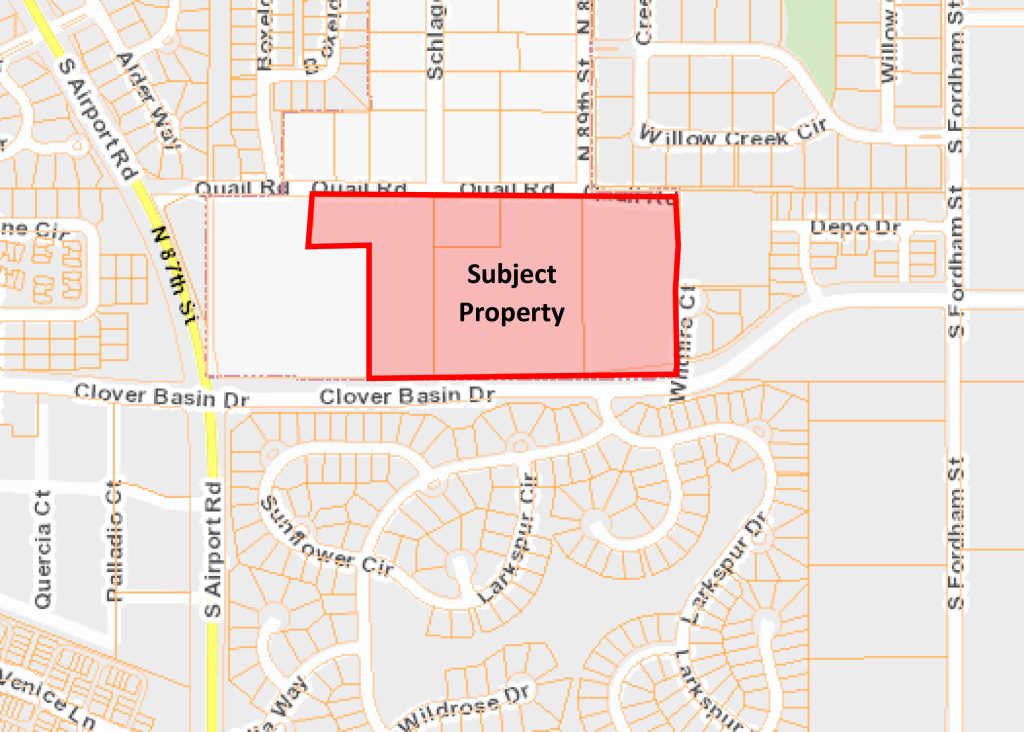
“Referral of the annexation application does not obligate Council to approve the annexation. Annexation is a discretionary, legislative act. The City shall never be compelled to annex unless otherwise required by Colorado Revised Statutes.”
– Longmont Planning and Zoning Commission (from the December 18th meeting packet)
WHY NOT RENTAL APARTMENTS?
Here are some of the main concerns that have been expressed by community members:
LOOK AT THE NUMBERS!
This small area of Longmont is already saturated with rental apartments (see map above). And with so many more units under construction, it is impossible to know what need will exist once they’re all completed. Unfortunately, that is all this developer builds, so there is no room for negotiation when it comes to housing type.
THIS IS NOT “AFFORDABLE” HOUSING!
The developer argues that apartments are affordable housing. However, these apartments would be market-rate rental apartments. Based on other new market-rate apartments nearby, that means you could expect base rental rates to be $2000+/month for a small 1-bedroom apartment.
OTHER HOUSING NEEDS
The community of Longmont has a diverse range of housing needs, requiring a diverse range of housing types to meet them. And there are only so many developable infill parcels left with which to address these housing needs. We need to use these last infill parcels to address more pressing housing needs (see “What DO We Need” below) and create more balance within Longmont’s housing market.
NO EQUITY
Rental apartments do not allow residents to build equity (and generational wealth). According to the Federal Reserve’s latest Survey of Consumer Finances, the median net worth of homeowners is $396,200, while the median net worth of renters is just $10,400. That means homeowners are 38 times wealthier than renters. The only ones who would be enriched by these apartments would be the investors funding the development.
CUMULATIVE IMPACTS
Adding so many high-density complexes (i.e., people) to a small area could have significant impacts on local traffic, infrastructure, schools, public safety (think mass evacuation during a wind-driven wildfire event!), quality of life, etc. Many residents are concerned about the potential for 500+ additional cars entering and exiting onto Clover Basin to greatly compound existing traffic and safety issues at Clover Basin and Airport Road.
LOCATION
Higher density housing makes the most sense near public transportation hubs (as opposed to a single bus stop), workplaces, and local amenities (e.g., shopping, dining). The developer seems to think most of the residents would walk the mile to and from Whole Foods to do their grocery shopping.
CODE INCOMPATIBILITY
The developer is arguing that 3-story block apartment buildings fit within the designated R-MN (Residential Mixed Neighborhood) zoning code based solely on the fact that they would be within the density and height limits of the R-MN zone. However, it is clear in the City of Longmont Land Development Code that the Spirit of the Code and the intent of this zoning district was for it to be smaller and more mixed types of housing (such as townhomes, duplexes, triplexes; i.e., not multifamily), whereas clearly the intent of the next higher zoning district, the R-MF (Residential Multifamily) zone, was for it to be more like what this developer is offering.
R-MN (Residential Mixed Neighborhood) Zone
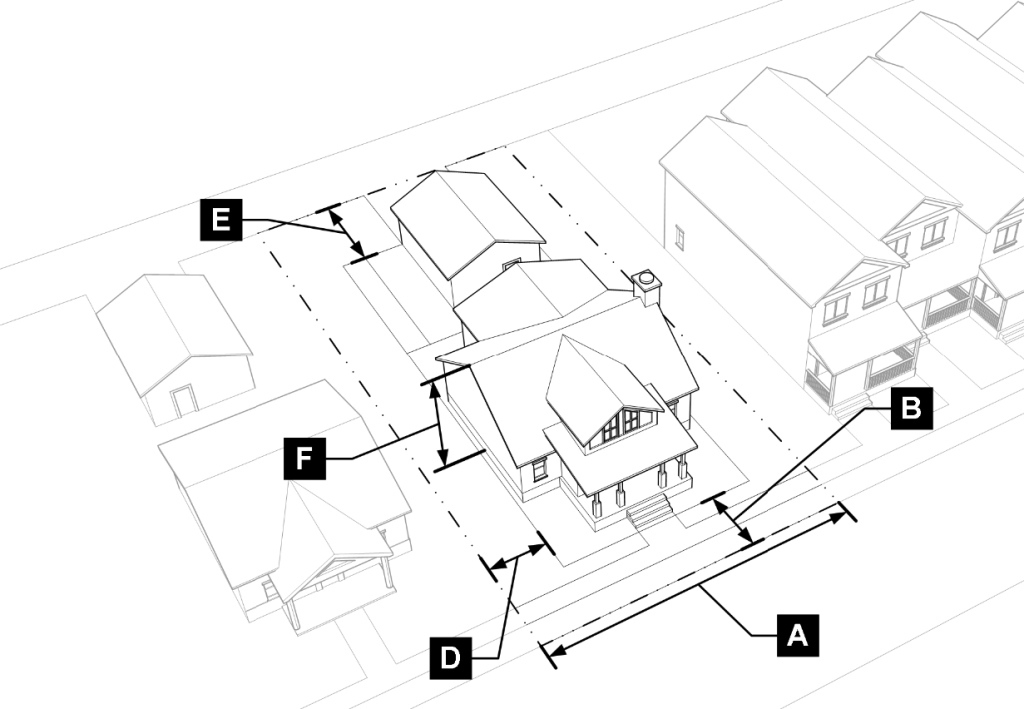
Purpose. The purpose of the R-MN district is to establish and preserve mixed-density residential neighborhoods to accommodate a variety of housing types, including detached and smaller scale attached dwellings. This district may also include limited nonresidential uses that support the neighborhood pursuant to table 15.04.020. This district is intended to be conveniently located near collector and arterial streets, and in close proximity to activity centers and other public amenities and/or complementary uses and activities such as schools, parks, open space, and public transit. The R-MN district can also serve as a transition from single-family neighborhoods to multifamily residential, mixed-use, and nonresidential areas.
– Source: City of Longmont Land Development Code – Zoning Districts
R-MF (Residential Multifamily) Zone
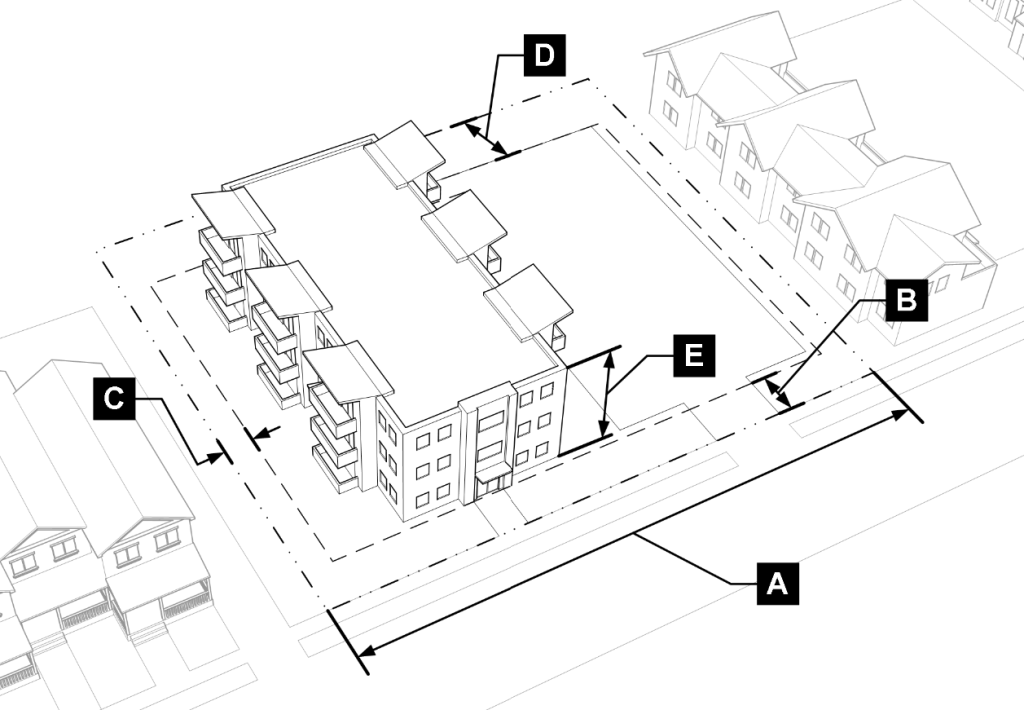
Purpose. The purpose of the R-MF district is to establish and preserve residential districts that are appropriate for multifamily housing and group living facilities. The R-MF district is intended to be conveniently located near collector and arterial streets, with easy access to major employment and activity centers, and public amenities or complementary uses and activities such as schools, parks, open space, and public transit. The R-MF district is primarily intended for residential uses but may also include limited nonresidential uses that support the surrounding area pursuant to table 15.04.020.
– Source: City of Longmont Land Development Code – Zoning Districts
WHAT DO WE NEED?
1. MISSING MIDDLE HOUSING
Longmont now has an abundance of rental apartments (and LOADS more being built) as well as large detached single-family homes, but what about everything in between? What about new residents, first-time home buyers, middle-income workers, retirees wanting to downsize…who can’t afford to buy a home? This is where Missing Middle Housing comes in. Missing Middle Housing refers to a range of FOR-PURCHASE housing types, including townhomes, cottage homes, duplexes, triplexes, and fourplexes. Missing Middle Housing would create attainable home ownership opportunities for more of Longmont’s workforce.
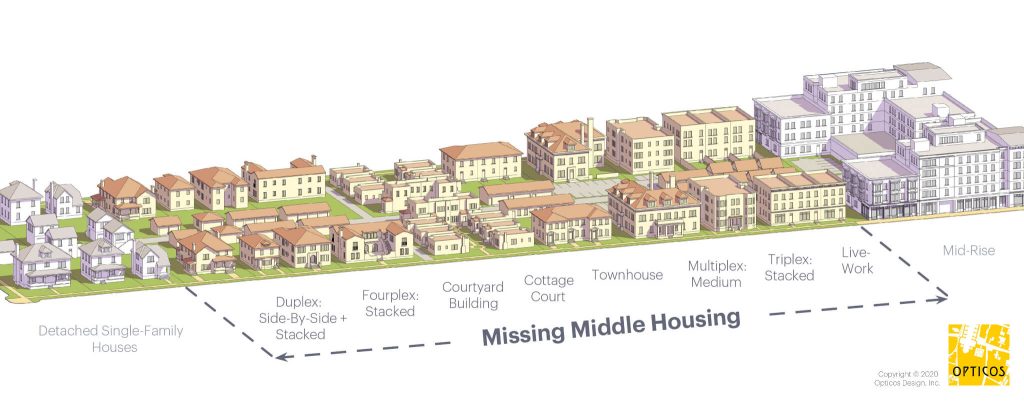
To better understand the need for Missing Middle Housing, first let’s look at the numbers:
- The median income in Longmont is ~$89,000/year
- The median home price in Longmont is ~$600,000
- Missing Middle income bracket (80-120% AMI) would be $71,200-$106,800
- Based on the “30% rule,” that would mean housing costs for those in the Missing Middle income bracket should not exceed $1,780 or $2,670 (respectively) per month.
- Considering current interest rates, this means home prices would need to be between $265,000 and $405,000 in order to be attainable for Missing Middle households.
Attainable ‘Missing Middle’ Home Prices for Longmont
| Annual Household Gross Income | 30% of Household Monthly Income | Attainable Home Price | Down Payment* | Interest Rate** |
|---|---|---|---|---|
| $71,200 | $1,780 | $265,000 | 15% | 7% |
| $89,000 (AMI) | $2,225 | $335,000 | 15% | 7% |
| $106,800 | $2,670 | $405,000 | 15% | 7% |
| $156,120*** | $3,903 | $600,000 | 15% | 7% |
**Current 30-year fixed mortgage interest rate
***Annual household income needed for the median Longmont home price to be attainable
What does this mean for Longmont?
Considering it would require a household to earn 175% of the Area Median Income (AMI) in order for the median home price to be ‘attainable,’ we desperately need more Missing Middle Housing! Home prices between $265,000 and $405,000 may sound like a unicorn these days (hence why it’s called “Missing!”), but look at things like the Katrina Cottages (Buena Vista), Wee Cottages (Longmont), True North (Longmont), and modular homes such as Fading West and SmartPads. Density and thoughtful, creative development don’t have to be mutually exclusive. And just because current home prices are not attainable for most Longmont workers does NOT mean we should give up and just keep building more rentals. It means we should prioritize building more attainable homes for purchase. Infill parcels like the Quail Road properties are the perfect spot for Missing Middle Housing developments. Not only do they fill the gap in the housing market, they also naturally fit and blend in with surrounding, established neighborhoods.
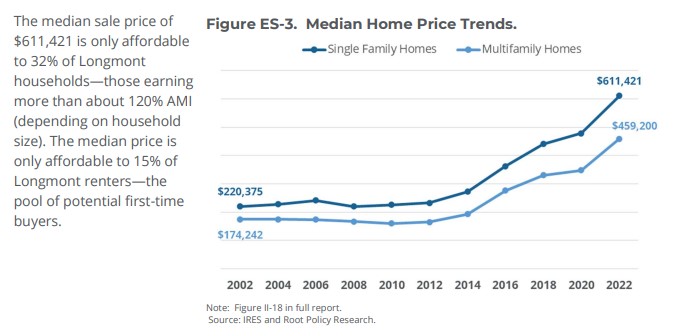
2. SENIOR HOUSING
The 80+ population in Boulder County is projected to increase by 220% by 2050, and we don’t have nearly enough senior housing to keep up with the aging population. The 2023 Longmont Housing Needs Assessment states that “Demographic shifts toward an older population also signal a need for more accessible/adaptable housing units (or programs) in Longmont.”
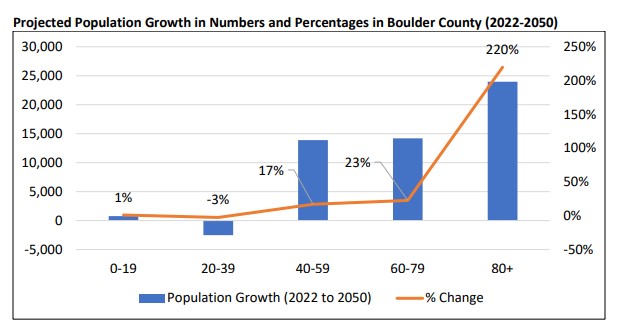
WHAT CAN YOU DO TO HELP?
Join Longmont residents in asking City Council to deny the 8902 Quail Rd annexation until it is tied with a development that better addresses current and future needs of Longmont.
1. Sign the Petition
City of Longmont residents: this is one quick and easy way to show your support. Please take a minute to sign the petition. The deadline is February 4th!
2. Message City Council
Send written comments (by February 4th) to City Council asking them to deny the 8902 Quail Rd annexation until it is tied with a development proposal that better meets the needs of the community.
3. SHOW UP!!!
The 8902 Quail Rd Annexation has been extended to the City Council meeting on Tuesday, February 4th, 2025. 7:00pm, 350 Kimbark St., City Council chambers. Please plan to attend if you are able.
WATCH
Watch videos from previous meetings to get all caught up and see how the annexation process works.
Public Hearing (Part I) on 01.28.2025
- City staff presentation + recommendation (1:47:02)
- Developer presentation (2:07:02)
- Public comments (3:15:53)
- Decision to extend the hearing (and vote) to 02.04.2025
“First Reading” of the 8902 Quail Rd annexation ordinance on 01.14.2025
- Ordinance pulled from the Consent Agenda
- Council discussion on the annexation petition (1:56:13)
- Council vote (4-2) to continue to “Second Reading” (Public Hearing) on 01.28.2025
Planning and Zoning Commission meeting on 12.18.2024
- City staff presentation
- Developer presentation
- Public comments
- Decision to recommend approval of the annexation to City Council
“We need to be more intentional about what we build, how we build, where we build, and for whom we build.”
Matthew Popkin
Longmont City Councilmember
“Vista Residential Partners seeks out multifamily and mixed use development opportunities in target submarkets where the supply and demand dynamics provide the opportunity to maximize investor return.”
Press Coverage
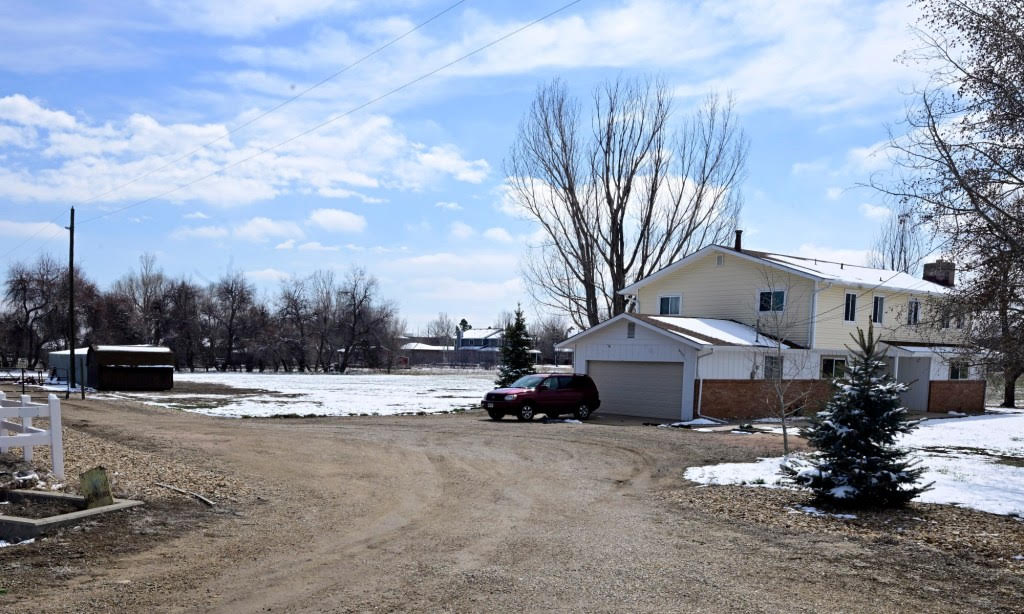
Longmont City Council seeks more input on Quail Road annexation
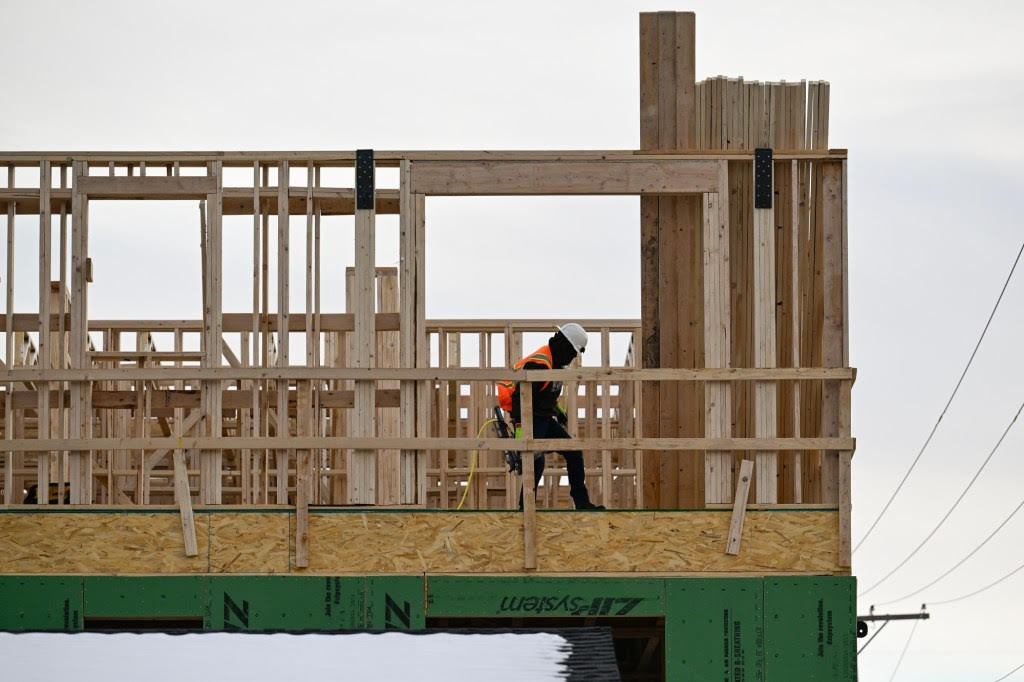
Longmont: The world’s ‘greatest village’ or ‘Apartmont’?
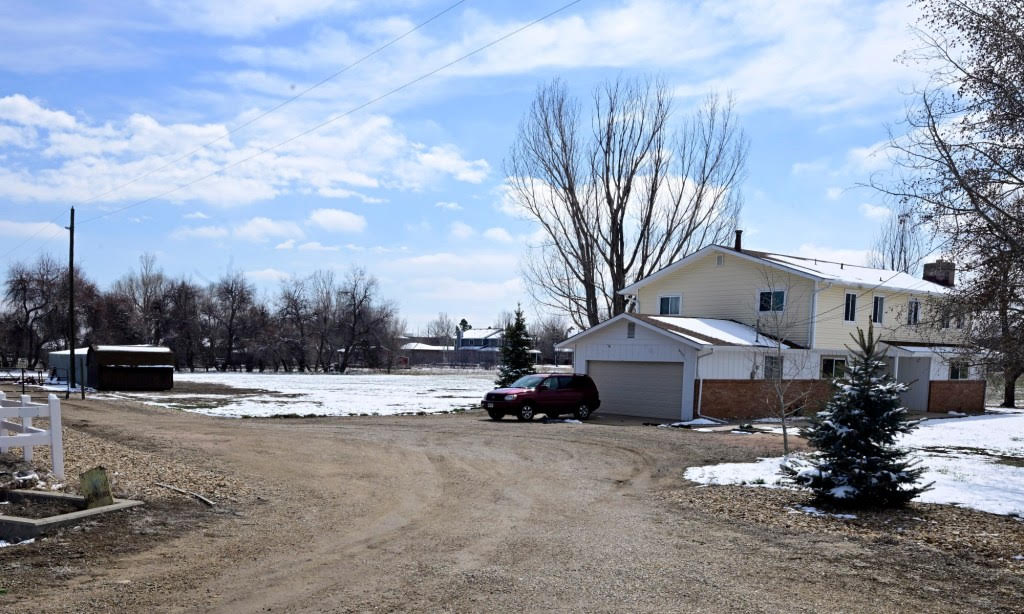
Longmont City Council sets Quail Road annexation public hearing for Jan. 28
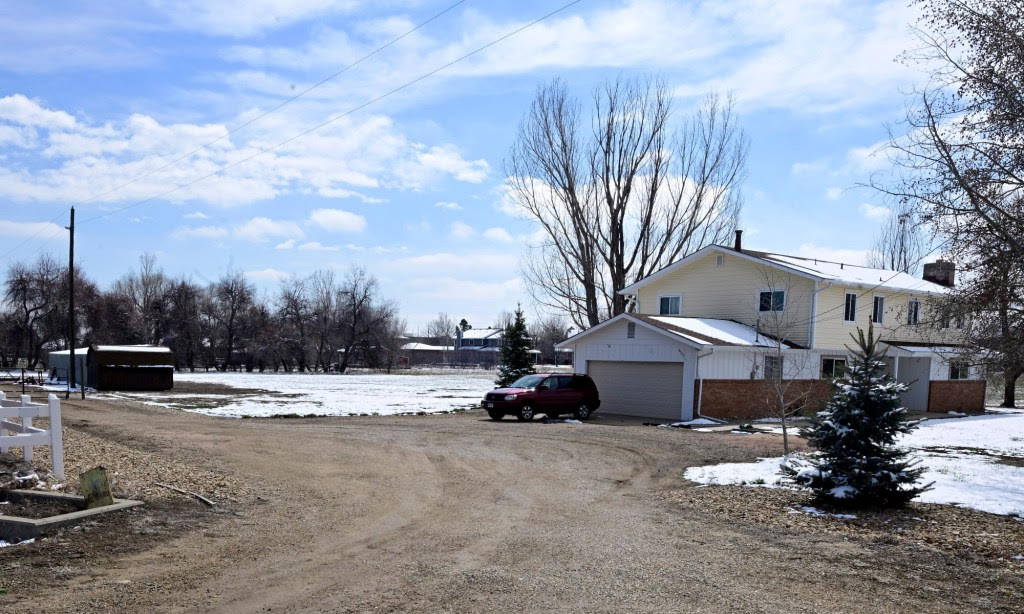
More than 700 sign petition to stop 310-home plan in Longmont
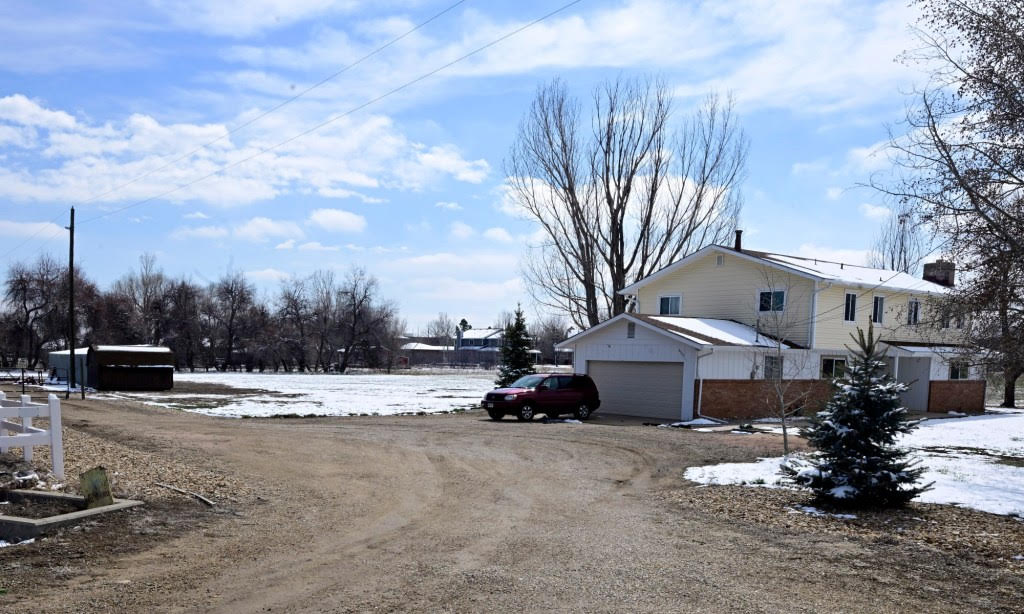
LM officials refer 310-unit townhouse development to annexation review process
